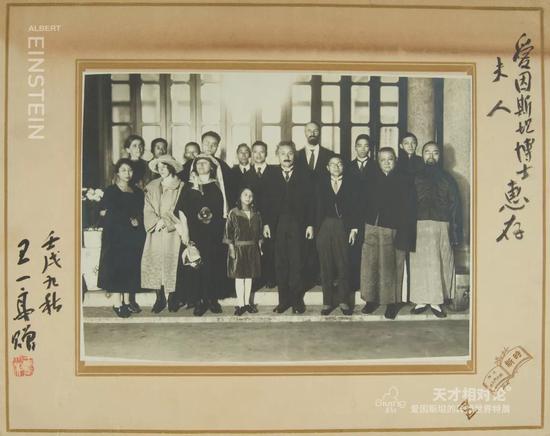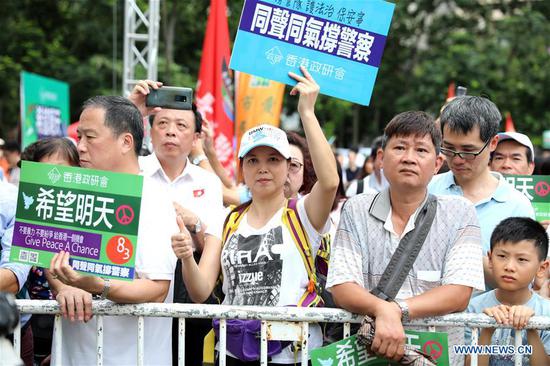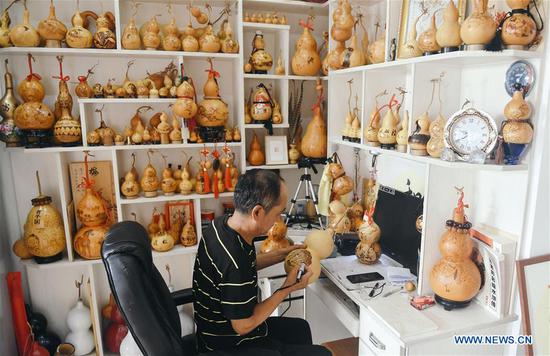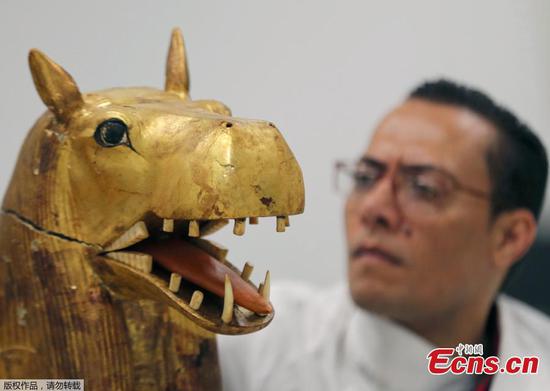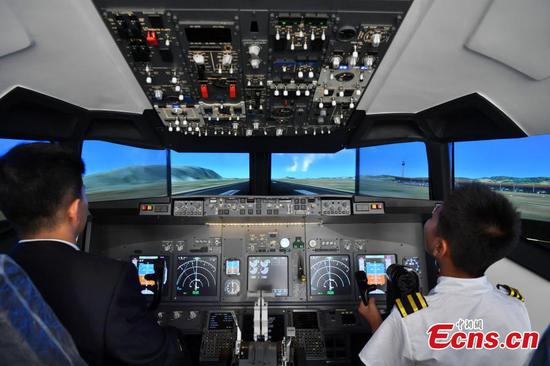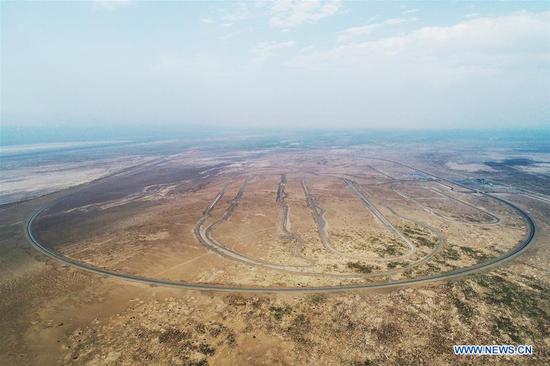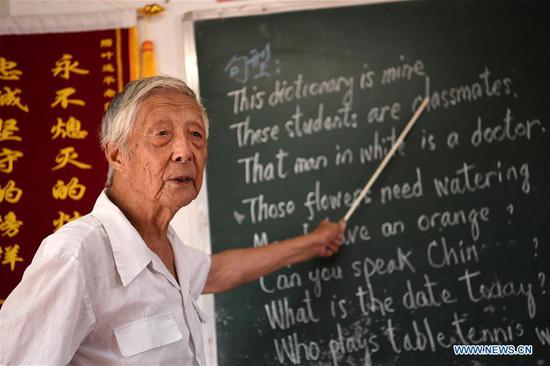Cross-border workforce
Thriving border trade between Guangxi and Vietnam has also seen more Vietnamese workers in Pingxiang in the past few years.
In Vietnam, Le Thi Hoai worked eight to 12 hours in a mobile accessories factory every day, earning at most 2,200 yuan a month.
Since last year, the 22-year-old has found a more rewarding job in Pingxiang. After five months' working in a factory making furniture panels, she now manages and trains around 20 Vietnamese workers.
Her job pays about 3,500 yuan a month, with better working and living conditions.
"I like China and enjoy working here, and my language skills can be used to help Vietnamese workers communicate with Chinese," said Le who taught herself Chinese.
Zhang Tianjun, a human resources official in the city, said since China and Vietnam started workforce cooperation in 2017, nearly 70,000 Vietnamese workers have moved to Pingxiang.
Vietnamese can legally work in Pingxiang on monthly renewable visas and enjoy higher salaries as well as insurance coverage.
Pingxiang has also set up a crossborder workforce management center to help streamline the visa application process.
According to Zhang, most Vietnamese work at commercial trading posts at the borders, as well as the integrated free trade zone nearby, in industries like cargo handling, textile processing and transportation.
Zhang said cross-border workforce cooperation had helped clamp down on illegal work and entry, and enhanced management of foreign laborers. Pingxiang's labor supply is shrinking as more Chinese workers take up jobs in economically advanced regions. The inflow of Vietnamese labor has eased the shortage, Zhang said.
Liang said abundant and low-cost Vietnamese labor will attract more labor-intensive companies to invest in the city. Last year, two-way trade between Guangxi and Vietnam reached 174.9 billion yuan, according to the Nanning Customs. The trade volume between Guangxi and ASEAN reached 206 billion yuan last year, an increase of 6.3 percent on 2017 accounting for 50.2 percent of the region's total foreign trade.
Its geographic advantage has prompted Guangxi to join in the construction of the New International Land-Sea Trade corridor, which is a new focus for the local government.
As part of the BRI, the corridor is a trade and logistics passage jointly built by provincial regions in western China and Singapore under the framework of an intergovernmental cooperation initiative covering finance, aviation, logistics and transport, and information and communications technology.
Liang said Guangxi should make full use of geographical advantage and deepen its relationship with ASEAN to promote its industrial development to enhance its cooperation with the bloc.
Shi Ruipeng contributed to this story.














